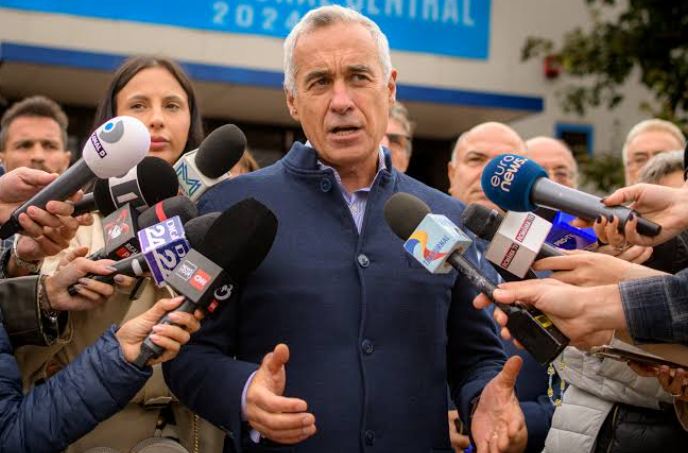“Grand Canyon Trip Turns Fatal: Colorado Man Dies on River Expedition”
Grand Canyon Trip Turns Fatal: Colorado Man Dies on River Expedition
In a tragic turn of events, a Colorado man lost his life during a river expedition in the Grand Canyon, shedding light on the dangers of navigating one of the country’s most iconic and perilous waterways. The fatality, which occurred in September 2024, has sparked concerns about safety protocols and highlighted the risks faced by recreational adventurers who take to the Colorado River for its thrilling rapids and breathtaking landscapes.
The Tragic Incident
Patrick Horton, a 59-year-old from Salida, Colorado, was participating in a non-commercial river trip when disaster struck. Horton, along with a group of other adventurers, was navigating the Colorado River through the Grand Canyon when he was reported missing. Search efforts quickly ensued, but by the time rescuers arrived, Horton had been found deceased. His death marks the latest in a series of fatalities that have occurred on the Colorado River over the years.
The incident took place near a stretch of the river known as Poncho’s Kitchen, a particularly challenging section of the river that is known for its swift currents and technical rapids. This area has become infamous among rafting enthusiasts for its unpredictable nature, and navigating it requires skill and careful attention. Despite this, the lure of the Grand Canyon’s natural beauty and the excitement of whitewater rafting continue to attract both seasoned experts and inexperienced adventurers alike.
The Colorado River’s Perils
The Colorado River, which runs through seven U.S. states and is a key source of water for millions of people, is also one of the most popular destinations for outdoor recreation in the country. Each year, thousands of tourists embark on rafting and kayaking expeditions to experience the majesty of the Grand Canyon from the water.
However, as Horton’s death underscores, these expeditions can be dangerous. The Colorado River is notoriously challenging, with fierce rapids, fluctuating water levels, and the extreme desert climate that can be unforgiving to those unprepared. The Grand Canyon itself is a natural wonder, but its vastness and rugged terrain can pose a serious risk to those who underestimate the power of the river.
In addition to the physical challenges of navigating the river, the Grand Canyon also poses risks related to its remote location. Search and rescue operations can take hours, if not days, to reach an injured person, and the lack of immediate access to medical facilities makes any accident potentially more dangerous than it might be in more populated areas.
Causes and Contributing Factors
As with most fatalities on the river, the causes of such tragic incidents are often multifaceted. In the case of Patrick Horton, while the official investigation is ongoing, experts in river safety believe that a combination of factors may have contributed to the unfortunate outcome. The Grand Canyon’s swift waters can easily sweep even the most experienced paddlers off course, and when combined with unpredictable weather conditions, the situation becomes all the more perilous.
In Horton’s case, it is believed that his group may have encountered a particularly difficult set of rapids during their descent. Whitewater rafting is a physically demanding activity that requires not only skill but also teamwork and quick decision-making. The nature of the Colorado River’s rapids means that any mistake—whether a slight miscalculation in navigation or a momentary lapse in judgment—can lead to serious consequences.
While it remains unclear whether any mistakes were made, experts stress the importance of following proper safety procedures, such as wearing life jackets at all times, using the right gear for the conditions, and having experienced guides to lead the way.
The Role of Safety Measures
The Grand Canyon’s National Park Service and private river trip companies work tirelessly to promote safety and ensure that adventurers are well-prepared before embarking on river expeditions. Before entering the Grand Canyon, visitors are required to undergo safety briefings, and guides are often well-trained in river rescue techniques. Despite these precautions, however, there is no guarantee of safety when navigating such a formidable stretch of water.
Recent efforts to enhance safety on the Colorado River have included stricter regulations regarding the number of trips allowed per year, mandatory safety equipment checks, and improved public education about the risks of rafting and kayaking. Moreover, some groups have begun using more advanced technology, such as GPS tracking devices and real-time weather monitoring, to better anticipate dangerous conditions.
That said, accidents can still happen, even when safety measures are followed to the letter. The unpredictability of the Colorado River’s water levels, as well as the sheer force of its rapids, means that even the most experienced adventurers can find themselves in peril. In light of this, river safety advocates continue to urge participants to approach the river with the utmost caution, particularly when navigating the most treacherous stretches.
The Impact of the Loss
Patrick Horton’s death has left a lasting impact on his family, friends, and the wider Colorado river-running community. A seasoned adventurer, Horton was known for his passion for the outdoors and his deep respect for the wilderness. Those who knew him have expressed sorrow at his passing, with many describing him as an enthusiastic, kind-hearted individual who lived for the thrill of exploration and discovery.
His family has expressed their deep appreciation for the efforts of search and rescue teams who worked tirelessly to locate him, and they are calling for continued attention to river safety. “Patrick loved the river, and he always believed in respecting its power,” said a family member in a statement following his passing. “His death is a tragedy, but we hope it serves as a reminder to others of the importance of safety and preparedness on the water.”
Moving Forward: A Call for Caution
While the beauty of the Grand Canyon and the excitement of whitewater rafting are undeniable, the death of Patrick Horton has reignited discussions about river safety. Every year, new adventurers take to the Colorado River, eager to experience the thrill of navigating one of the most renowned rivers in the world. But as Horton’s story illustrates, the river’s power should never be underestimated.
For those planning river trips in the future, experts recommend taking all necessary precautions—hiring experienced guides, wearing the proper gear, and never underestimating the river’s strength. Moreover, adventurers are encouraged to practice humility, knowing that even the most skilled can be caught off guard by nature’s unpredictable force.
In the aftermath of this tragedy, the hope is that river-goers will continue to approach their expeditions with respect for the dangers of the Colorado River and the immense responsibility that comes with navigating its waters. The loss of Patrick Horton is a reminder to all that the Colorado River, though beautiful and awe-inspiring, commands the utmost respect.






